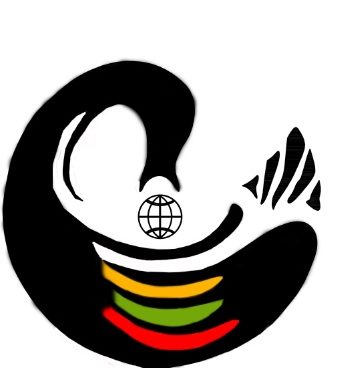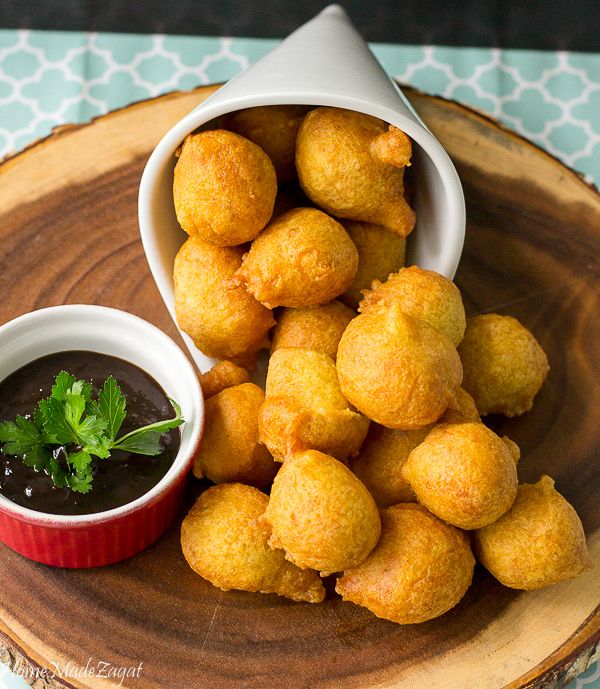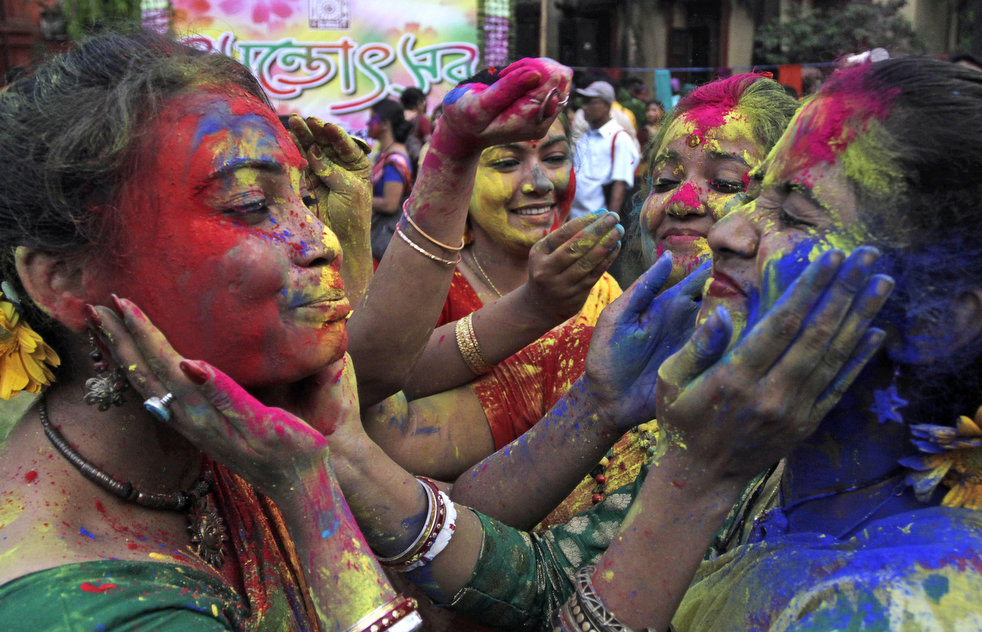Guyana is located in the northeastern corner of South America. Indigenous peoples inhabited Guyana prior to European settlement, and their name for the land, guiana (“land of water”), gave the country its name. Present-day Guyana reflects its British and Dutch colonial past and its reactions to that past. It is the only English-speaking country of South America. Since Guyana gained its independence in 1966, the country’s chief economic assets have been its natural resources, mainly its pristine rainforests, sugarcane plantations, rice fields, and bauxite and gold reserves. Guyana is bordered by the Atlantic Ocean to the north, by Suriname (along the Courantyne River) to the east, by Brazil to the south and southwest, and by Venezuela to the west. Guyana is involved in territorial disputes with both Suriname and Venezuela that are legacies of colonial rule. South Asians form the largest ethnic group in the country, representing about two-fifths of the population. Their ancestors arrived mostly as indentured labour from India to replace Africans in plantation work. Today South Asians remain the mainstay of plantation agriculture, and many are independent farmers and landowners; they also have done well in trade and are well represented among the professions. Afro-Guyanese (Guyanese of African descent) make up about three-tenths of the population. They abandoned the plantations after full emancipation in 1838 to become independent peasantry or town dwellers. People of mixed ancestry constitute about one-fifth of the population. While every possible ethnic mixture can be found in Guyana, mulattoes (people of mixed African and European ancestry) are the most common. The indigenous peoples of Guyana constitute about one-tenth of the population. They are grouped into coastal and interior groups. Coastal groups include the Warao (Warrau), the Arawak, and the Carib. The official and principal language is English, but a creole patois is spoken throughout the country. Hindi and Urdu are heard occasionally among older South Asians. The major religions are Christian (chiefly Anglican and Roman Catholic) and Hindu. Various forms of Protestant Christianity made inroads in the 20th century, mainly in Georgetown. There is also a sizable minority of Muslims, most of whom are of South Asian descent. Indigenous religions are still practiced by some of the Indian peoples. Guyana’s long-struggling economy was radically transformed in 2015 with the discovery of a rich offshore oil field in the country’s waters about 120 miles from Georgetown. By the end of 2020, another 17 oil fields had been found in Guyana’s Stabroek Block, and it was projected that by 2025 these fields would be yielding some 750,000 barrels of oil per day. Agriculture is concentrated on the narrow sea-level coastal plain between the Essequibo and Courantyne rivers. The national social structure was inherited from the period of British colonial rule, under which the majority of South Asian and Afro-Guyanese labourers were directed by European planters and government officials. Indigenous peoples remain apart from the country’s social structure as they did under the British, but their culture, which remains uninfluenced by national politics, is recognized as an important element in Guyanese museum displays and as an inspiration in local music and art.
Things to Do:
Visit a rum distillery
Explore the country’s capital, Georgetown
Go on a boat ride





